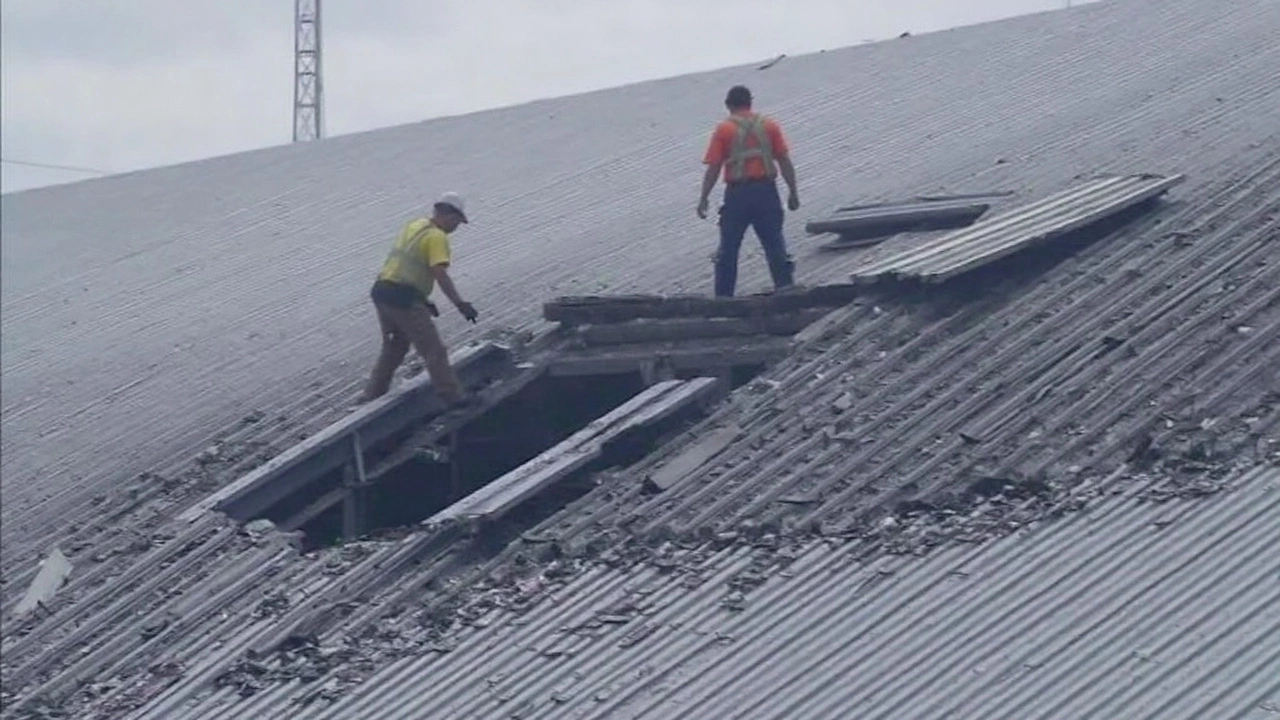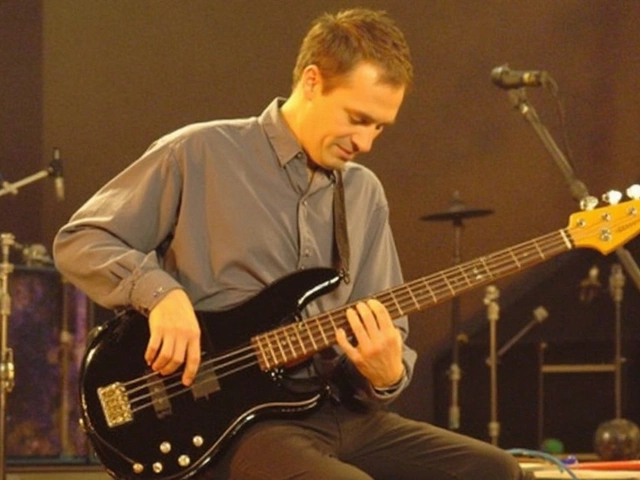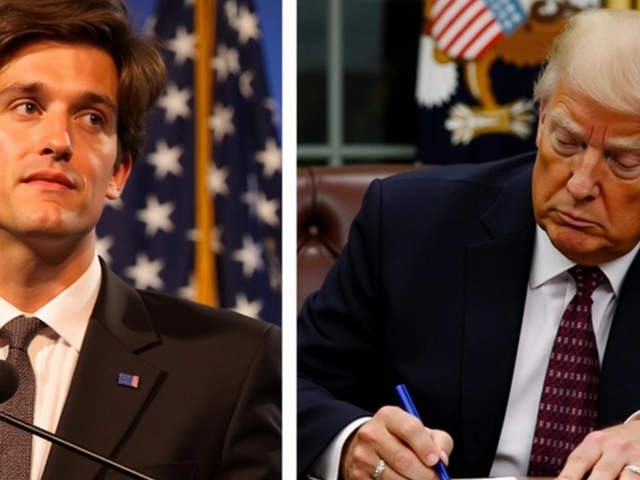A tense chapter in the ongoing Ukraine-Russia conflict unfolded dramatically when a Russian drone strike reportedly hit the protective shield at the Chernobyl Nuclear Power Plant. Ukrainian President Volodymyr Zelenskyy confirmed that the incident, which occurred in the early hours of February 14, led to significant damage and a resultant fire at the site. The strike targeted the New Safe Confinement structure—crucial in containing the remains of Reactor 4, notorious for the 1986 disaster.
The International Atomic Energy Agency (IAEA) quickly reported on the explosion and resulting fire. Miraculously, despite the intense situation, radiation levels were reported to remain normal. President Zelenskyy was quick to weigh in, categorizing the attack as a ‘terrorist threat to the entire world’. His accusations against Russia for ignoring global safety concerns are part of a broader narrative reflecting the dangerous escalation in the region.
The timing of this incident is particularly noteworthy. It coincides with U.S. President Donald Trump's significant diplomatic push to mitigate nearly three years of conflict between Ukraine and Russia. Backchannels and negotiation tables are active as efforts to broker peace gather momentum. However, Zelenskyy made it plain that Ukraine’s involvement in any peace agreement is non-negotiable, stating, 'We will determine our joint steps with America to stop Russian aggression’. His stance is firm on Ukraine being a primary participant in negotiations.
This incident at Chernobyl is an unnerving reminder of the stakes involved. It brings to the forefront the nuclear risks lurking in the backdrop of this geopolitical standoff. Recently, Russia expanded its nuclear doctrine to potentially include responses to 'critical threats to sovereignty', raising alarms globally about how precarious the situation might become.





